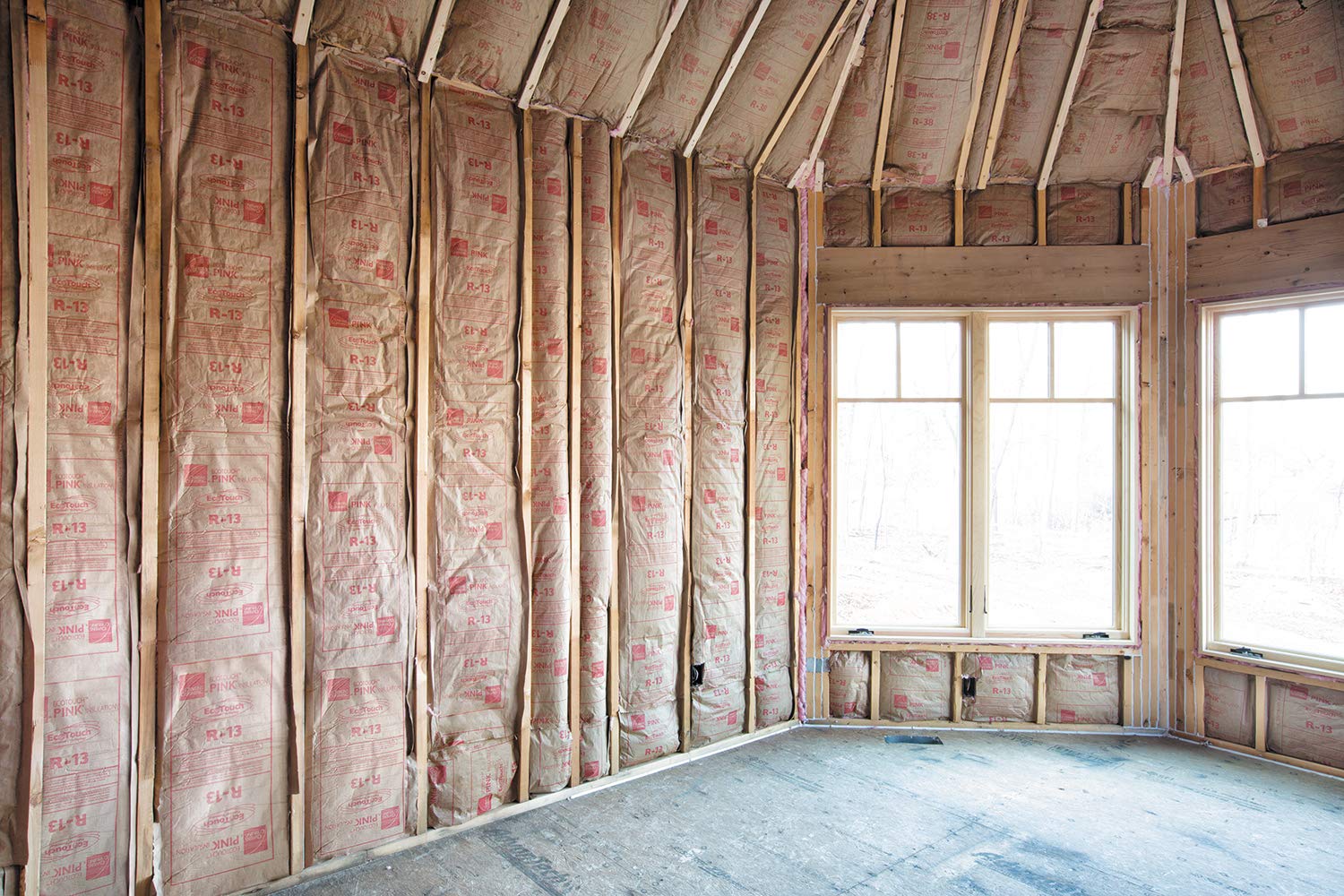

Articles
What R-Value Insulation Is For Exterior Walls
Modified: December 7, 2023
Learn what R-value insulation is and how it benefits exterior walls. Read informative articles on different insulation types and their effectiveness.
(Many of the links in this article redirect to a specific reviewed product. Your purchase of these products through affiliate links helps to generate commission for Storables.com, at no extra cost. Learn more)
Introduction
When it comes to maintaining a comfortable and energy-efficient home, insulation plays a crucial role. Insulating the exterior walls of your house not only helps to regulate indoor temperatures but also contributes to reducing energy consumption and saving on utility bills. One term you will often come across when discussing insulation is R-Value.
The R-Value of insulation is a measure of its thermal resistance – its ability to resist the flow of heat through a material. The higher the R-Value, the better the insulation’s ability to prevent heat transfer. Understanding R-Value is essential in determining the most effective type and amount of insulation for your exterior walls.
In this article, we will delve into the concept of R-Value insulation for exterior walls, discussing its importance, the factors that affect it, the different types of insulation available, and how to determine the ideal R-Value for your specific needs. Additionally, we will explore the benefits of opting for high R-Value insulation and highlight some common mistakes to avoid during the insulation process.
Whether you’re building a new home, renovating, or simply looking to improve the energy efficiency of your existing residence, having a clear understanding of R-Value insulation for exterior walls is essential. Let’s dive in and explore everything you need to know to make informed decisions and create a comfortable, energy-efficient living space.
Key Takeaways:
- Understanding R-Value insulation is crucial for creating an energy-efficient home. Factors like climate, installation quality, and insulation type affect R-Value, impacting thermal resistance and energy savings.
- Opting for high R-Value insulation for exterior walls offers benefits such as enhanced energy efficiency, increased comfort, noise reduction, and long-term cost savings. Avoid common mistakes like inadequate thickness and poor installation for optimal results.
Read more: What R-Value Insulation For Exterior Walls
Understanding R-Value
R-Value is a measure of thermal resistance, representing the ability of a material to resist the transfer of heat through it. It is a standardized metric used to compare the effectiveness of different insulation materials.
The R-Value measurement takes into account factors such as the type of material, its thickness, and its density. The higher the R-Value, the better the insulation’s ability to resist heat flow. Put simply, insulation with a higher R-Value will provide better thermal resistance and keep your home cooler in the summer and warmer in the winter.
When selecting insulation for your exterior walls, it’s crucial to consider the climate conditions in your region. Areas with extreme temperatures, such as hot summers or harsh winters, will require insulation with a higher R-Value. On the other hand, areas with more moderate climates may not necessitate as high of an R-Value.
It’s essential to note that the R-Value of insulation is cumulative. This means that if you have multiple layers of insulation in your walls, you can add up the individual R-Values to achieve a higher overall R-Value. However, it’s crucial to follow the manufacturer’s recommendations for proper installation and ensure that the insulation layers are installed correctly to maximize their effectiveness.
When selecting insulation, you will come across various types, such as fiberglass, cellulose, spray foam, and rigid foam. Each type of insulation has a different R-Value per inch, which indicates how much thermal resistance it provides. Understanding the R-Value of different insulation materials will help you make an informed decision based on your specific needs and budget.
While R-Value is an essential factor to consider when choosing insulation, it’s important to take into account other factors as well, such as air infiltration, moisture resistance, and fire safety. Consulting with a professional insulation contractor can provide valuable guidance in selecting the right insulation material and achieving the desired R-Value for your exterior walls.
Now that we have a good understanding of R-Value and its significance let’s explore why insulating your exterior walls is crucial in creating an energy-efficient and comfortable living environment.
Importance of Insulating Exterior Walls
Insulating the exterior walls of your home has numerous benefits, making it a crucial step in creating a comfortable and energy-efficient living space. Let’s delve into the importance of insulating your exterior walls:
- Temperature Regulation: Insulation acts as a barrier, minimizing heat transfer between the interior and exterior of your home. In hot climates, insulation keeps the heat outside, helping to maintain a cooler indoor environment. In colder climates, it prevents heat loss, keeping your home warm and cozy.
- Energy Efficiency: Proper insulation reduces the need for excessive heating and cooling, resulting in lower energy consumption. By reducing the amount of energy required to maintain comfortable indoor temperatures, insulation helps to save on utility bills and reduces your carbon footprint.
- Comfort: Insulation helps to create a more comfortable living environment by minimizing drafts, cold spots, and temperature fluctuations. It ensures that the interior temperature remains stable, providing consistent comfort throughout your home.
- Noise Reduction: Insulation also acts as a sound barrier, reducing the transfer of external noise into your home. This is particularly beneficial if you live in a busy neighborhood, near a highway, or in an area with high levels of ambient noise.
- Moisture Control: Insulation materials, such as spray foam, can help to prevent moisture intrusion into your walls. This is essential for preserving the structural integrity of your home and preventing issues like mold and mildew growth, which can have adverse effects on your health and property value.
- Savings on Utility Bills: By reducing heat loss or gain through the exterior walls, insulation can significantly reduce your heating and cooling costs. The initial investment in insulation can lead to long-term savings, making it a worthwhile investment in the energy efficiency of your home.
- Environmental Impact: Insulating your exterior walls not only benefits your wallet but also the environment. By reducing energy consumption, you help to decrease greenhouse gas emissions, contributing to a more sustainable future.
Overall, insulating your exterior walls is a vital step in creating an energy-efficient and comfortable living environment. It provides temperature regulation, energy efficiency, noise reduction, moisture control, utility bill savings, and a positive environmental impact. Investing in quality insulation not only improves your comfort and well-being but also adds value to your home. Now, let’s explore the factors that can affect the R-Value of your insulation.
Factors Affecting R-Value
While R-Value is a measure of the thermal resistance of insulation, several factors can affect its effectiveness. By understanding these factors, you can make informed decisions when choosing insulation for your exterior walls. Here are the key factors that can affect R-Value:
- Installation Quality: The way insulation is installed can significantly impact its R-Value. Gaps, compression, or improper installation can compromise the effectiveness of the insulation. It’s crucial to follow manufacturer guidelines and hire professional installers to ensure proper installation and maximize the R-Value of your insulation.
- Temperature and Humidity: Extreme temperatures and high humidity can affect the R-Value of certain insulation types. For example, fiberglass insulation can lose part of its R-Value in colder temperatures, while moisture can reduce the effectiveness of some materials. Considering the climate conditions in your area is essential when selecting insulation with the right R-Value.
- Compression and Settling: Over time, insulation materials can compress or settle, reducing their thickness and thus their R-Value. This is commonly seen in loose-fill insulation, where settling can occur due to gravity or vibrations. Regular inspection and maintenance can help identify and address any compression or settling issues to maintain the insulation’s effectiveness.
- Moisture Infiltration: Moisture infiltration can negatively impact the R-Value of insulation. When insulation becomes wet, its thermal resistance decreases, and it may even promote the growth of mold or mildew. Choosing moisture-resistant insulation or properly sealing the exterior walls can help prevent moisture infiltration and maintain the desired R-Value.
- Air Leakage: Air leakage can significantly reduce the effectiveness of insulation. Even the most well-insulated walls can experience heat loss or gain if there are gaps, cracks, or areas of air infiltration. Sealing any air leaks with caulk or weatherstripping can help maintain the integrity of the insulation and optimize its R-Value.
- Insulation Type and Thickness: Different insulation types have varying R-Values per inch of material. Additionally, thicker insulation generally provides higher R-Values. Understanding the R-Values of different insulation materials and considering the available space in your walls will help you determine the appropriate type and thickness of insulation to achieve the desired R-Value.
Considering these factors when selecting and installing insulation for your exterior walls is crucial to ensure optimal thermal resistance and energy efficiency. Consulting with insulation professionals or contractors can provide valuable guidance in choosing the right insulation materials and addressing any specific concerns related to the factors affecting R-Value.
Now that we understand the factors affecting R-Value, let’s explore the different types of insulation commonly used for exterior walls.
Types of Insulation for Exterior Walls
Insulating the exterior walls of your home requires selecting the right insulation material that best suits your needs and budget. Here are some common types of insulation used for exterior walls:
- Fiberglass Insulation: Fiberglass insulation is one of the most commonly used options. It is made of fine glass fibers and comes in batts or rolls. Fiberglass insulation is cost-effective, easy to install, and provides good thermal resistance. It is available with a range of R-Values and can be a suitable choice for various climates.
- Spray Foam Insulation: Spray foam insulation is a popular choice for its excellent R-Value and air sealing properties. It is applied as a liquid that expands and hardens, creating a seamless and airtight barrier. Spray foam insulation can effectively fill in gaps and small cavities, providing superior thermal resistance and moisture control.
- Cellulose Insulation: Cellulose insulation is made from recycled paper treated with fire retardants. It is blown into the wall cavities, filling them completely and providing good thermal resistance. Cellulose insulation offers excellent soundproofing qualities and has a high R-Value per inch.
- Rigid Foam Insulation: Rigid foam insulation comes in the form of panels or boards made from materials such as polystyrene, polyisocyanurate, or polyurethane. It offers high R-Values, excellent moisture resistance, and can act as a vapor barrier. Rigid foam insulation is commonly used in new construction projects or for insulating exterior sheathing.
- Natural Fiber Insulation: Natural fiber insulation, such as cotton or sheep’s wool, is an eco-friendly alternative. It is made from renewable resources and offers good thermal resistance. Natural fiber insulation provides excellent sound absorption and has minimal off-gassing, making it a healthier option.
- Reflective Insulation: Reflective insulation utilizes a radiant barrier to reflect heat away from the home. It typically consists of a layer of foam or plastic with a metallic foil facing. Reflective insulation is more effective in hot climates and can be used alongside other types of insulation to enhance overall thermal performance.
Each type of insulation has its own advantages, R-Value per inch, installation requirements, and cost considerations. It’s important to evaluate factors such as the local climate, moisture levels, available space, and budget before selecting the appropriate insulation for your exterior walls. Additionally, consulting with insulation professionals can provide valuable insights and help you make an informed decision.
Now that we have explored the different types of insulation, let’s focus on how to determine the ideal R-Value for your specific needs.
When choosing insulation for exterior walls, aim for an R-value of at least R-13 for moderate climates and R-19 for colder regions to effectively reduce heat loss and improve energy efficiency.
Read more: What R-Value Insulation For Interior Walls
Determining the Ideal R-Value for Exterior Walls
Choosing the right R-Value for your exterior wall insulation is crucial to ensure optimal thermal resistance and energy efficiency. The ideal R-Value will depend on various factors, including the climate conditions in your region, local building codes, and your specific energy-saving goals. Here are some steps to help you determine the ideal R-Value for your exterior walls:
- Research Local Building Codes: Begin by researching the building codes and regulations in your area. They may specify minimum R-Value requirements for exterior wall insulation. Compliance with these codes is essential for safety and efficiency.
- Consider Climate Conditions: Take into account the climate conditions in your region. If you live in a colder climate with harsh winters, you will need insulation with a higher R-Value to prevent heat loss. In a warmer climate with hot summers, insulation with a higher R-Value will help in keeping the cool air inside. Consider factors like temperature extremes and humidity levels in your decision-making process.
- Evaluate Energy-Saving Goals: Consider your energy-saving goals. If you aim to significantly reduce your energy consumption and lower your utility bills, investing in insulation with a higher R-Value can help achieve those goals. However, it’s important to strike a balance between cost-effectiveness and energy efficiency.
- Consult with Insulation Professionals: Seek guidance from insulation professionals or contractors who have experience in your region. They can provide valuable insights based on local conditions and help you determine the ideal R-Value for your exterior walls. They will consider factors like insulation type, thickness, and the presence of other energy-saving features in your home.
- Calculate Wall Assembly R-Value: To determine the overall R-Value for your exterior walls, calculate the cumulative R-Value of the different insulation materials and components. Consider factors like stud framing, sheathing, air gaps, and any additional insulation layers. Consult the manufacturer’s specifications to determine the R-Value per inch of the chosen insulation material.
- Budget Considerations: Take into account your budget constraints when determining the ideal R-Value. Higher R-Value insulation may be more expensive initially, but it can result in long-term energy savings. Strike a balance between your desired R-Value and your budget limitations.
By considering these steps and consulting with professionals, you can determine the ideal R-Value for your exterior wall insulation. Remember that selecting insulation with the appropriate R-Value will help create a comfortable and energy-efficient living space while complying with safety regulations and optimizing cost-effectiveness.
Now, let’s explore the various benefits of opting for high R-Value insulation for your exterior walls.
Benefits of High R-Value Insulation
Opting for high R-Value insulation for your exterior walls comes with a range of benefits. Let’s explore some of the advantages of choosing insulation with a higher R-Value:
- Enhanced Energy Efficiency: High R-Value insulation provides superior thermal resistance, significantly reducing heat flow between the interior and exterior of your home. This translates to improved energy efficiency and reduced reliance on heating and cooling systems. By minimizing heat transfer, high R-Value insulation helps maintain comfortable indoor temperatures while reducing energy consumption and lowering utility bills.
- Increased Comfort: High R-Value insulation creates a more comfortable living environment by minimizing temperature fluctuations and drafts. It helps keep your home warm in the winter and cool in the summer, ensuring consistent temperatures throughout your living spaces. By eliminating cold spots or hot zones, high R-Value insulation enhances overall comfort and makes your home a cozy retreat.
- Noise Reduction: Insulation with a high R-Value also acts as a sound barrier, reducing the transfer of external noise into your home. It helps dampen sounds from traffic, neighbors, or other outdoor disturbances, creating a quieter and more peaceful indoor environment. Whether you live in a bustling city or a noisy neighborhood, high R-Value insulation can significantly enhance the acoustic comfort of your home.
- Improved Indoor Air Quality: High R-Value insulation helps create an airtight building envelope, reducing air leakage and preventing the infiltration of allergens, pollutants, and outdoor contaminants. By minimizing the exchange of air between the interior and exterior, high R-Value insulation helps maintain a cleaner and healthier indoor environment. This is especially beneficial for individuals with respiratory conditions, allergies, or sensitivities to pollutants.
- Long-Term Cost Savings: While high R-Value insulation may have a higher upfront cost, it offers long-term cost savings. By significantly reducing energy consumption and lowering heating and cooling bills, high R-Value insulation pays for itself over time. The investment in high-quality insulation can result in substantial savings throughout the lifespan of your home.
- Environmental Benefits: Opting for high R-Value insulation contributes to a more sustainable and eco-friendly lifestyle. By reducing energy consumption and greenhouse gas emissions, high R-Value insulation helps combat climate change and minimize your carbon footprint. It aligns with efforts to create a greener future and promotes environmental stewardship.
By selecting high R-Value insulation for your exterior walls, you can enjoy these benefits and create a more energy-efficient, comfortable, and sustainable living space. Higher R-Value insulation provides long-lasting value and helps create a healthier and more environmentally friendly home environment.
Now, let’s explore some common mistakes you should avoid when insulating your exterior walls to ensure optimal results.
Common Mistakes to Avoid when Insulating Exterior Walls
Insulating your exterior walls is a significant investment that can greatly improve the energy efficiency and comfort of your home. However, there are some common mistakes that homeowners make during the insulation process. By avoiding these pitfalls, you can ensure optimal results and maximize the effectiveness of your insulation. Here are some common mistakes to avoid when insulating exterior walls:
- Inadequate Insulation Thickness: One common mistake is using insulation that is not thick enough to achieve the desired R-Value. It’s essential to carefully calculate the appropriate insulation thickness based on local building codes and energy-saving goals. Using insulation that is too thin can result in subpar thermal resistance and compromised energy efficiency.
- Poor Installation: Improper installation is another common mistake that can significantly impact the performance of your insulation. Gaps, compression, or inadequate sealing can allow air leakage and reduce the insulation’s effectiveness. It’s crucial to follow manufacturer guidelines and hire qualified professionals to ensure proper installation, avoiding any compromises in the insulation’s R-Value.
- Ignoring Air Leakage Points: Neglecting to address air leakage points can severely affect the efficiency of your insulation and lead to energy loss. It’s essential to identify and seal any cracks, gaps, or openings in your walls before installing insulation. Pay special attention to areas around windows, doors, electrical outlets, and plumbing penetrations as these are common points of air leakage.
- Not Considering Vapor Barrier: In certain climates, failing to include a vapor barrier can lead to moisture issues within the walls. Moisture can compromise the insulation’s performance, cause mold or mildew growth, and damage the structural integrity of your home. Consult with professionals to determine if a vapor barrier is necessary based on your climate conditions.
- Overlooking Ventilation: Proper ventilation is important to prevent moisture buildup and maintain healthy indoor air quality. Failing to consider ventilation when insulating exterior walls can lead to trapped moisture and potential issues with mold or indoor pollutants. Ensure that your insulation plan includes proper ventilation strategies, such as installing vents or fans in moisture-prone areas.
- Not Considering Future Upgrades: When insulating your exterior walls, it’s crucial to anticipate any future upgrades or renovations that may require additional insulation or changes to the wall assembly. Planning ahead and leaving room for future insulation adjustments will save you time, money, and potential disruptions down the line.
- Using Incorrect Insulation Material: Each insulation material has different characteristics and R-Values. Choosing the wrong insulation material for your specific needs can result in suboptimal thermal resistance or other performance issues. Research different insulation types, consult with professionals, and consider factors such as cost, R-Value, moisture resistance, and soundproofing capabilities before making a decision.
By avoiding these common mistakes, you can ensure that your exterior wall insulation is properly installed and performs at its best. Working with experienced professionals, following manufacturer guidelines, and understanding local building codes will help you achieve optimal insulation results and create a more energy-efficient and comfortable living space.
Now, let’s conclude our exploration of R-Value insulation for exterior walls.
Conclusion
Insulating the exterior walls of your home is a crucial step in creating a comfortable and energy-efficient living environment. Understanding R-Value insulation is essential in making informed decisions and selecting the right insulation for your specific needs. By considering factors such as climate conditions, energy-saving goals, and local building codes, you can determine the ideal R-Value for your exterior walls.
In this article, we discussed the concept of R-Value and its significance in measuring thermal resistance. We explored the importance of insulating exterior walls, including temperature regulation, energy efficiency, noise reduction, and improved indoor air quality. We identified the factors that can affect R-Value, such as installation quality, temperature, moisture, and air leakage.
We also examined various types of insulation commonly used for exterior walls, such as fiberglass, spray foam, cellulose, rigid foam, natural fiber, and reflective insulation. Each type offers different characteristics and benefits, allowing homeowners to choose the most suitable option based on their specific requirements and budget.
Determining the ideal R-Value for your exterior walls involves researching local building codes, considering climate conditions, evaluating energy-saving goals, consulting insulation professionals, and calculating the cumulative R-Value of the insulation materials and wall assembly. By following these steps, you can ensure optimal thermal resistance and energy efficiency.
Additionally, we highlighted the benefits of high R-Value insulation, including enhanced energy efficiency, increased comfort, noise reduction, improved indoor air quality, long-term cost savings, and reduced environmental impact. By choosing insulation with a higher R-Value, homeowners can create a more sustainable and eco-friendly living space while enjoying the benefits of lower energy consumption and utility bills.
Finally, we discussed common mistakes to avoid when insulating exterior walls, such as inadequate insulation thickness, poor installation, ignoring air leakage points, neglecting vapor barriers, overlooking ventilation, and using incorrect insulation materials. By steering clear of these mistakes, homeowners can ensure the proper performance and longevity of their insulation.
In conclusion, understanding R-Value insulation for exterior walls is essential for creating an energy-efficient, comfortable, and sustainable home. By considering the factors that affect R-Value, selecting the right insulation type, and avoiding common mistakes, you can achieve optimal thermal resistance, reduce energy consumption, and enjoy the benefits of a well-insulated living space.
Frequently Asked Questions about What R-Value Insulation Is For Exterior Walls
Was this page helpful?
At Storables.com, we guarantee accurate and reliable information. Our content, validated by Expert Board Contributors, is crafted following stringent Editorial Policies. We're committed to providing you with well-researched, expert-backed insights for all your informational needs.
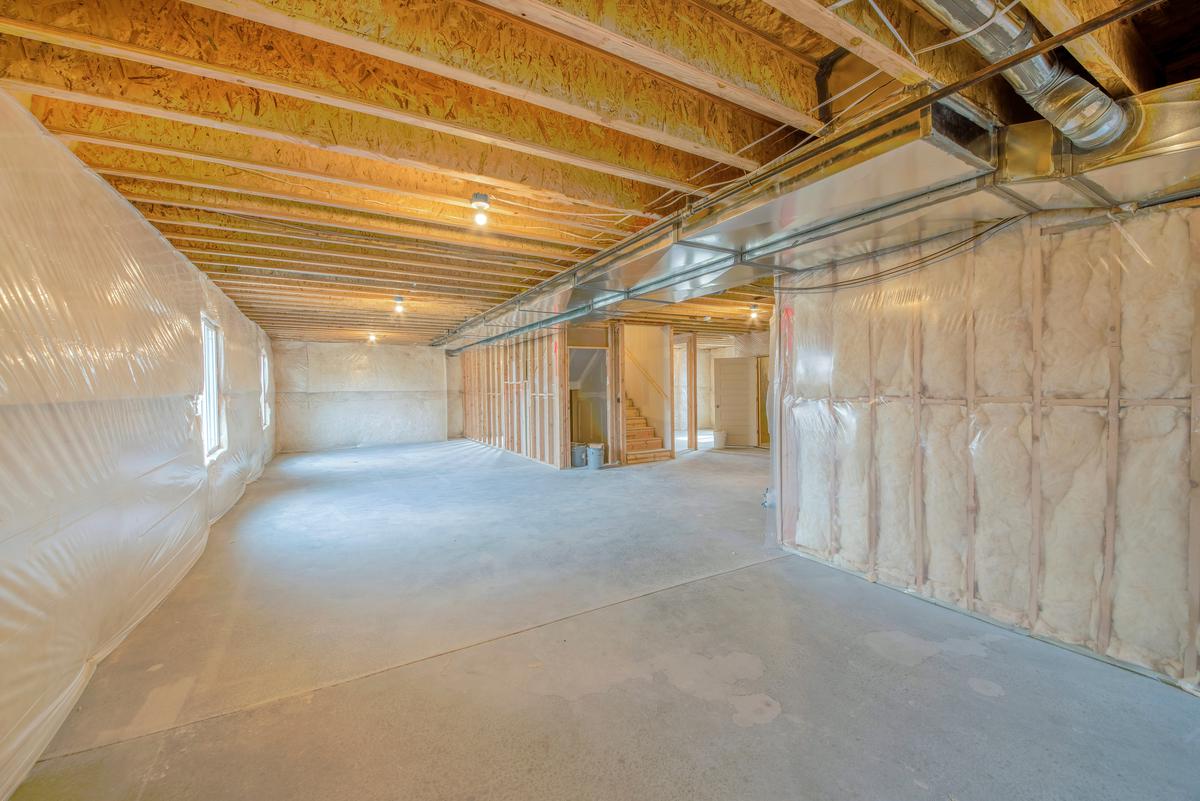
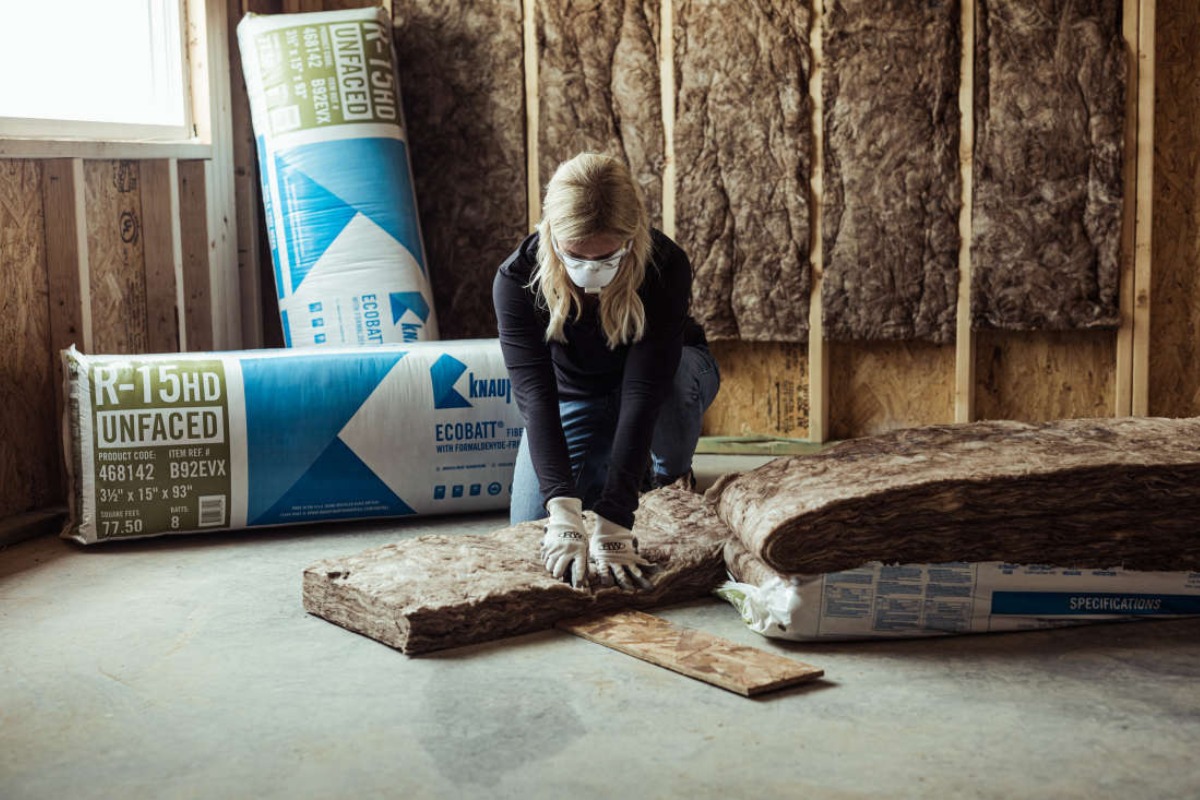
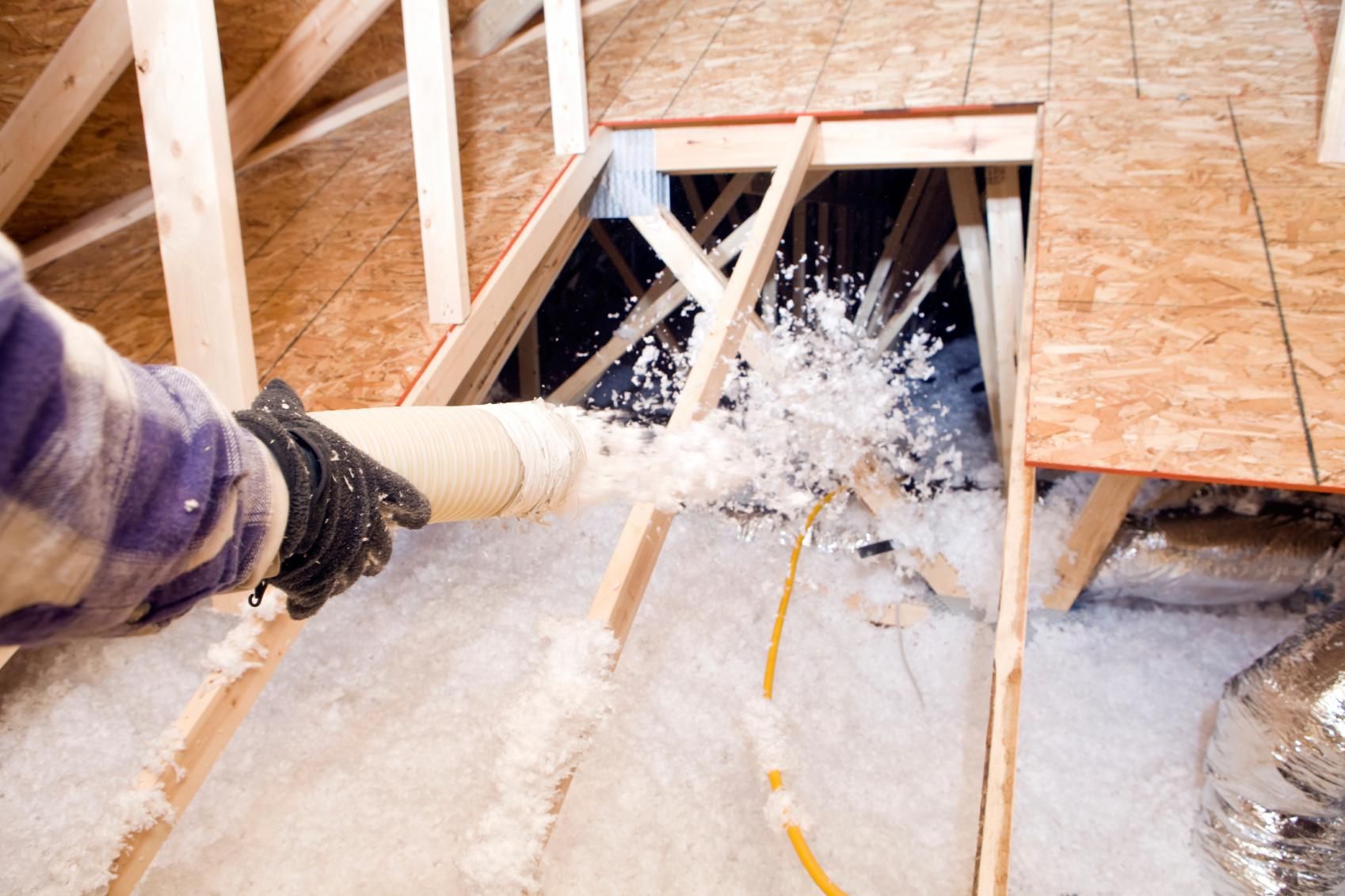
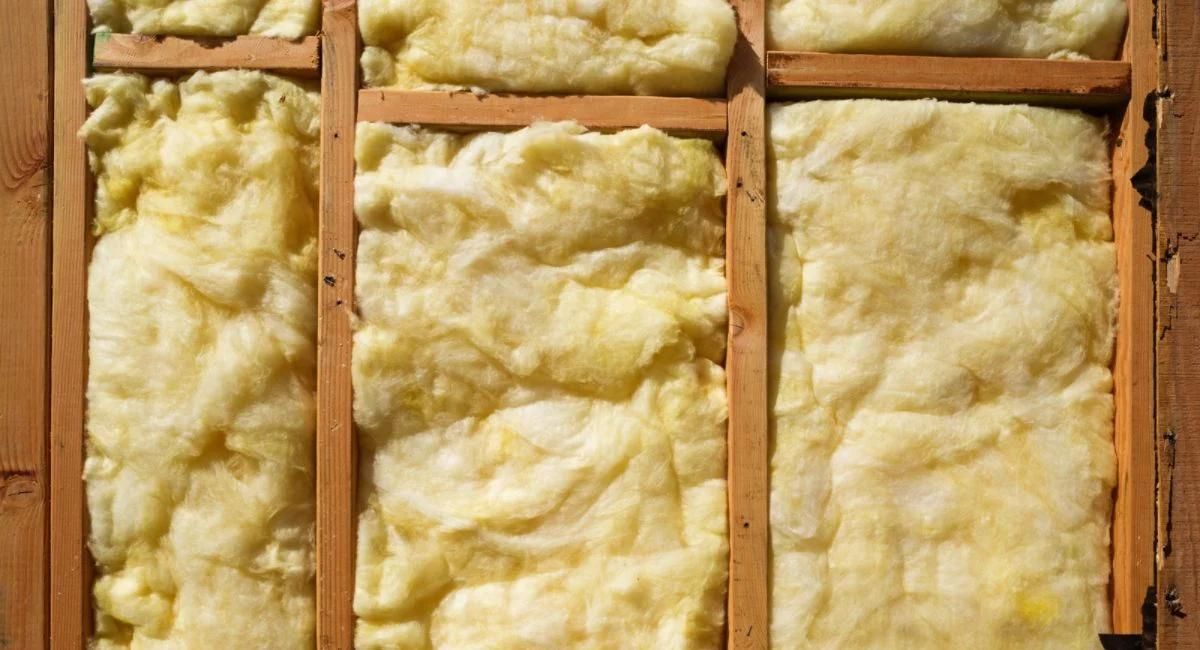
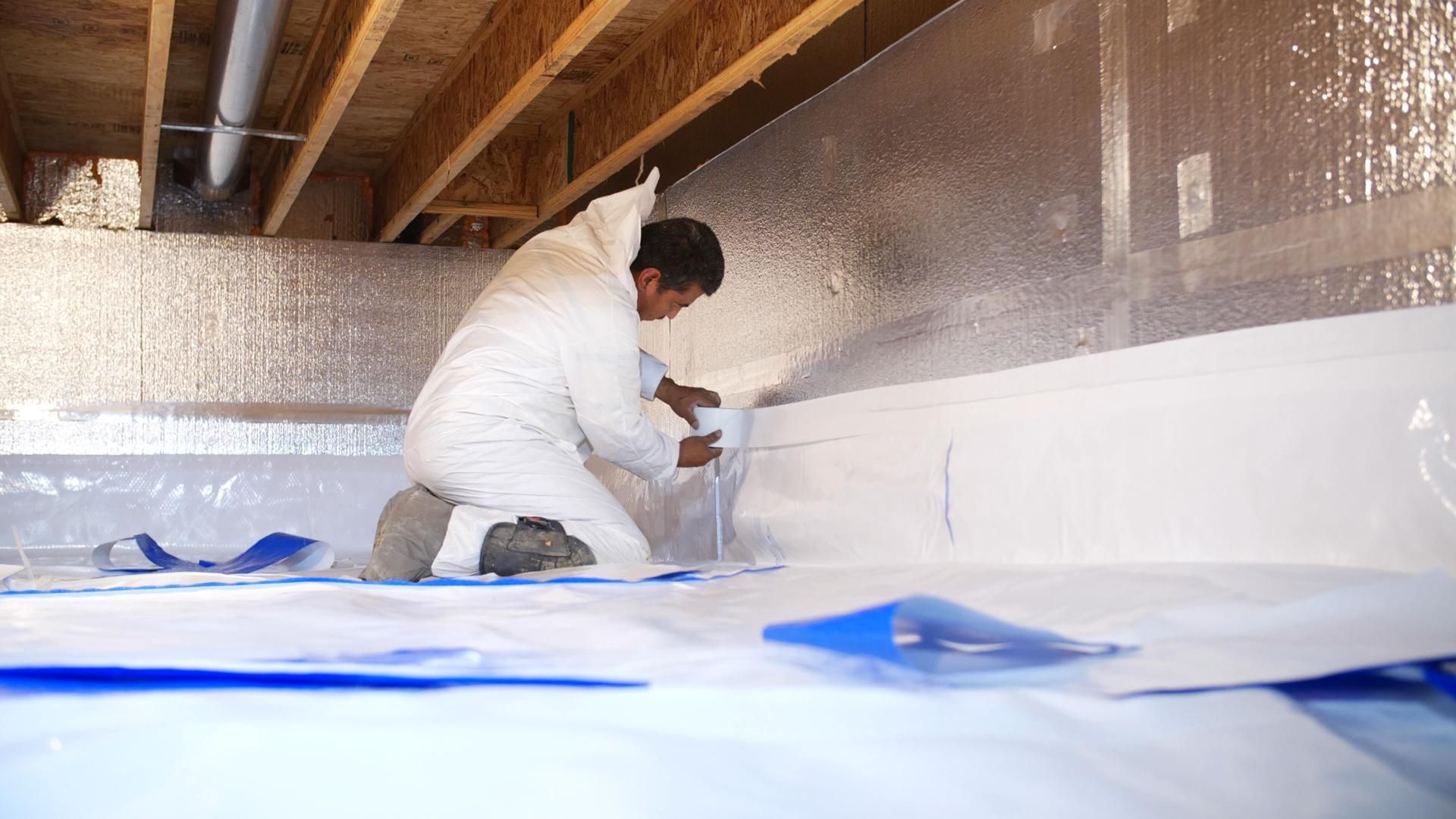
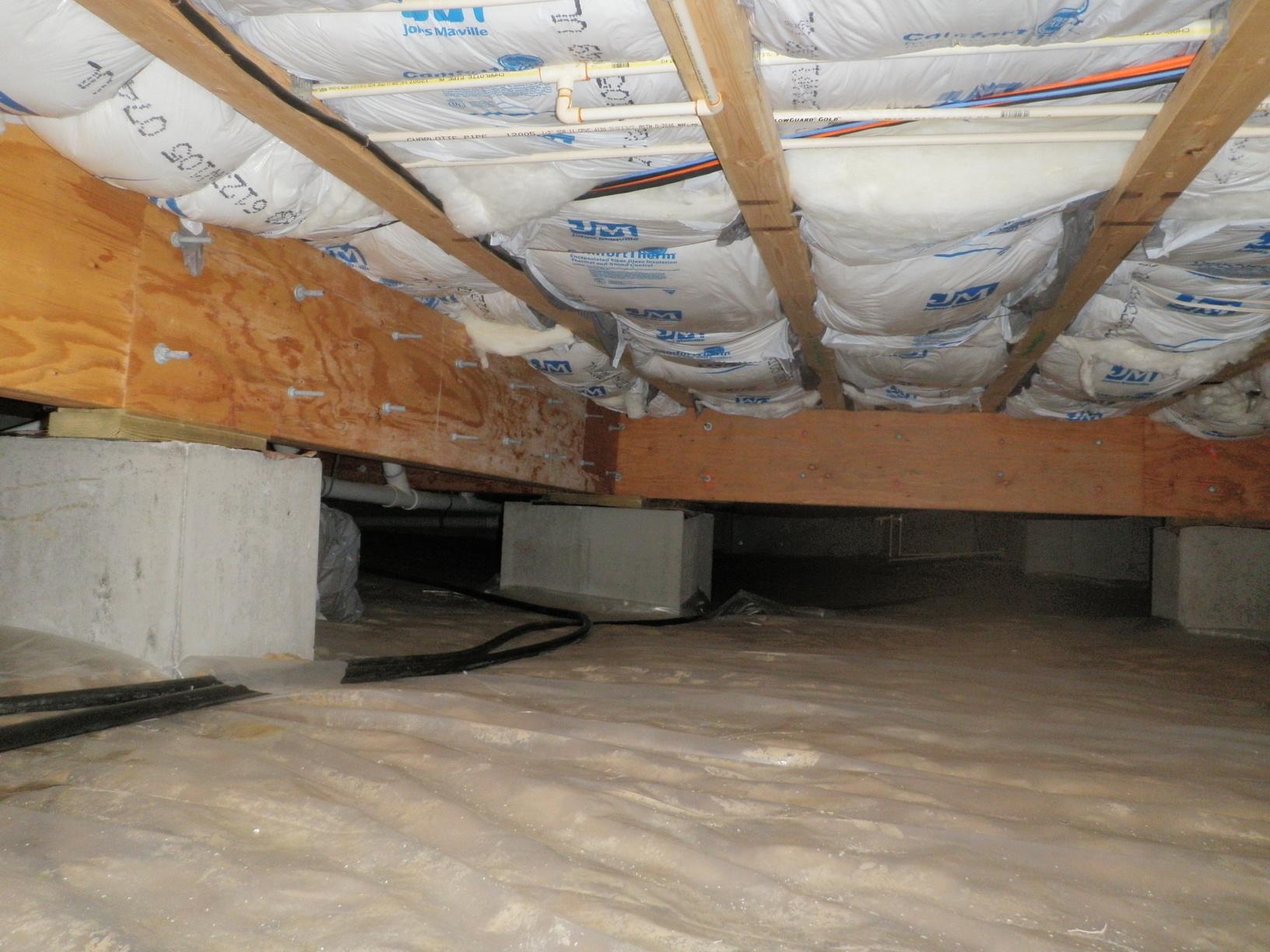
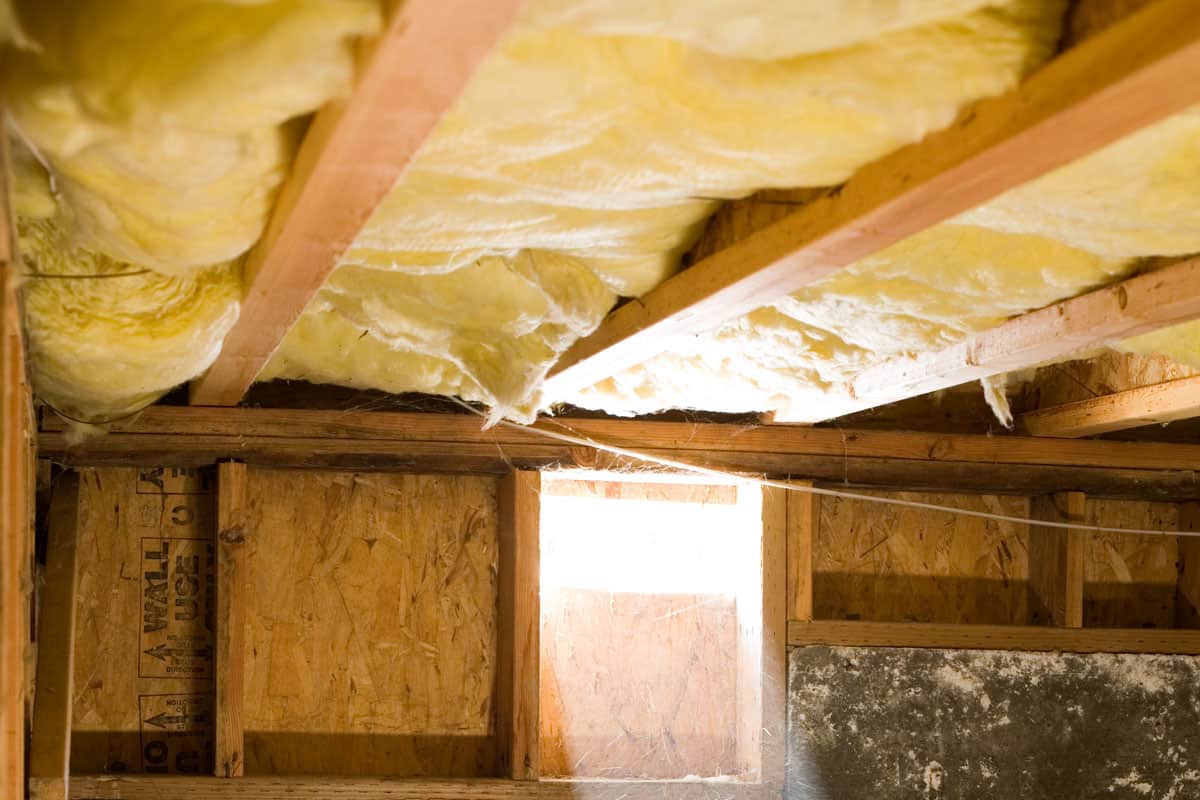
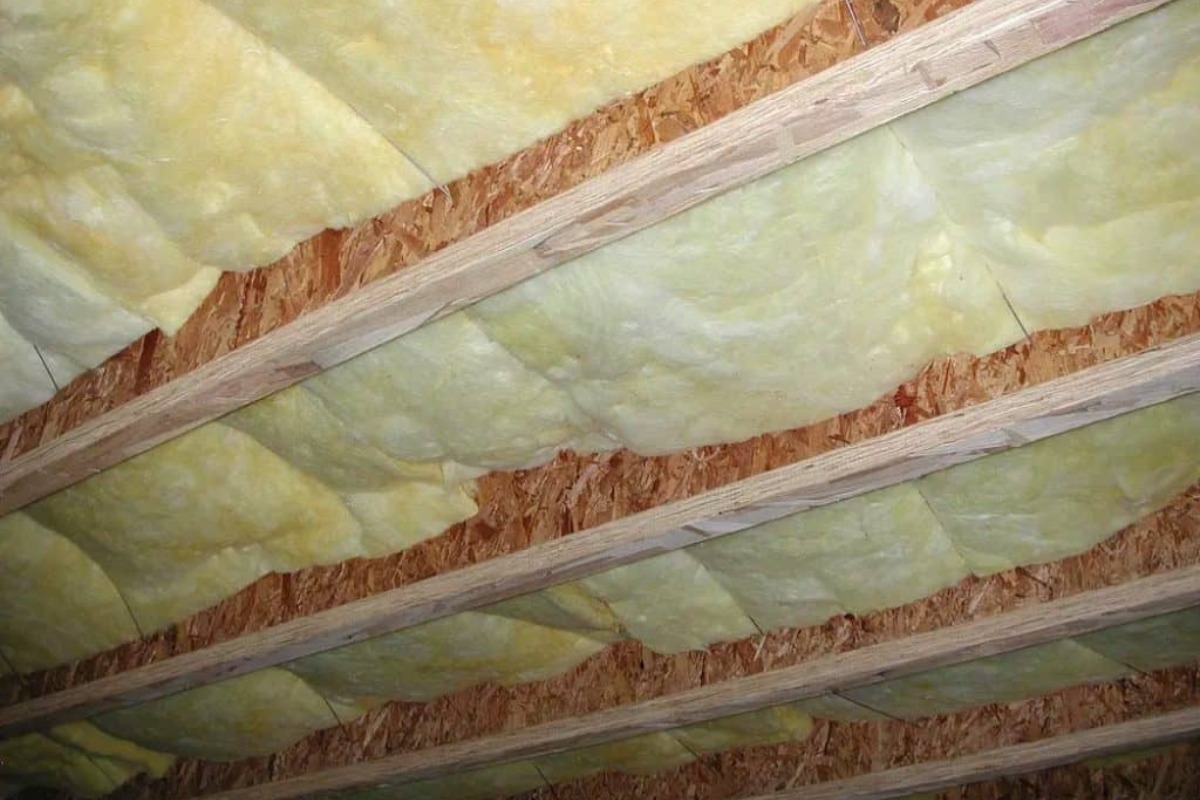
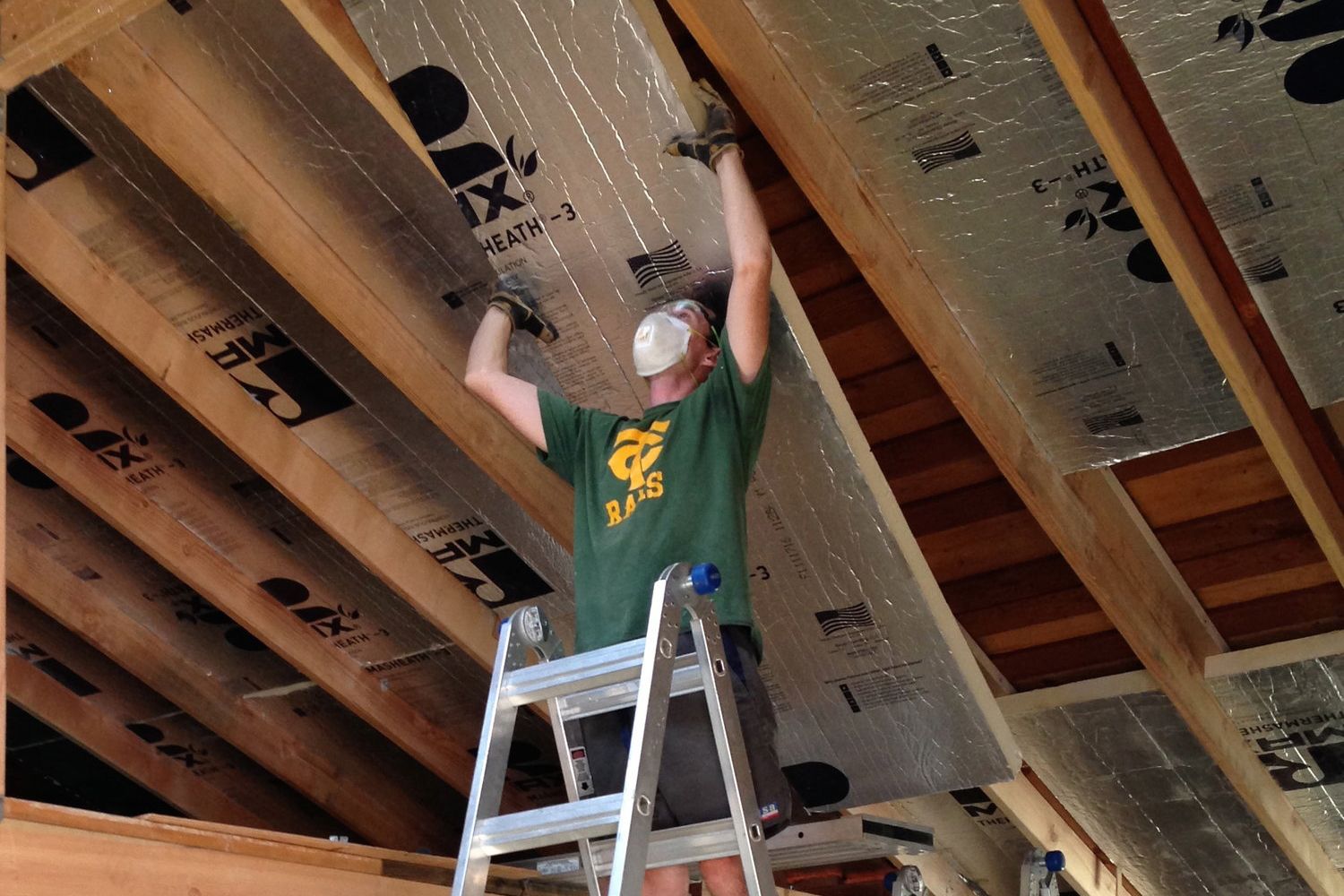
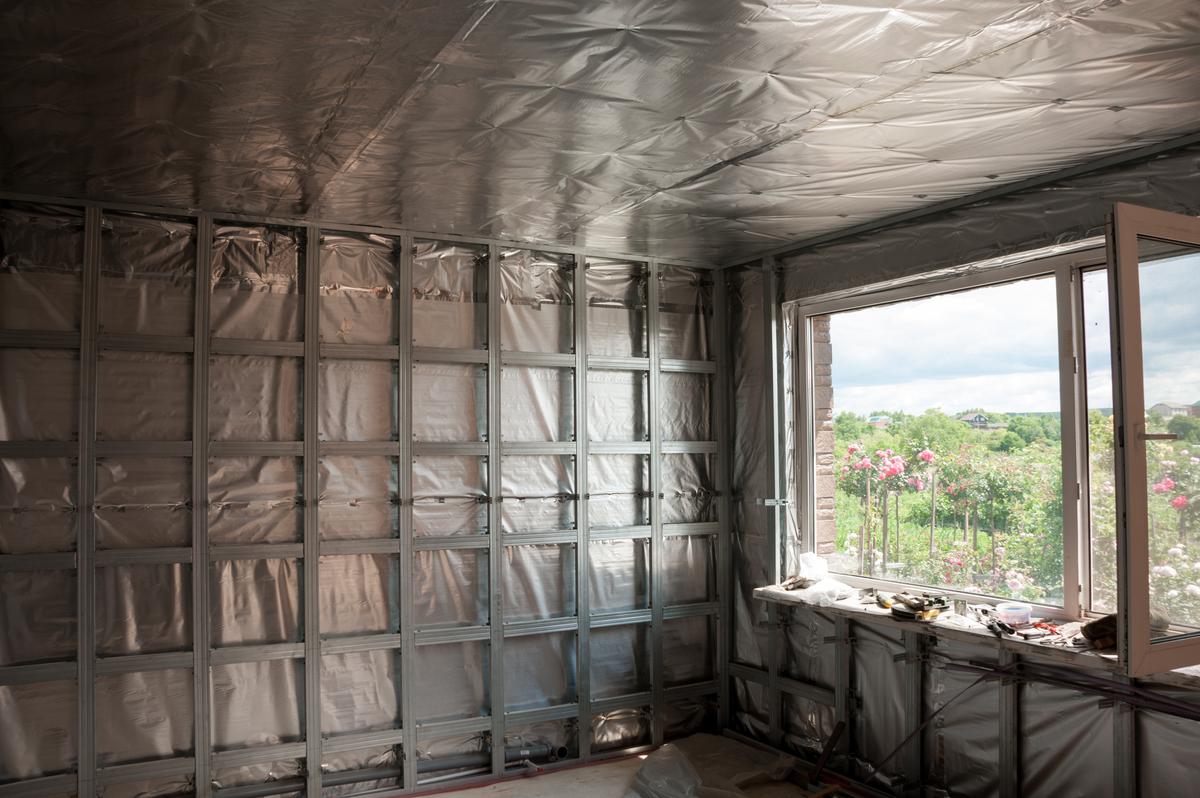
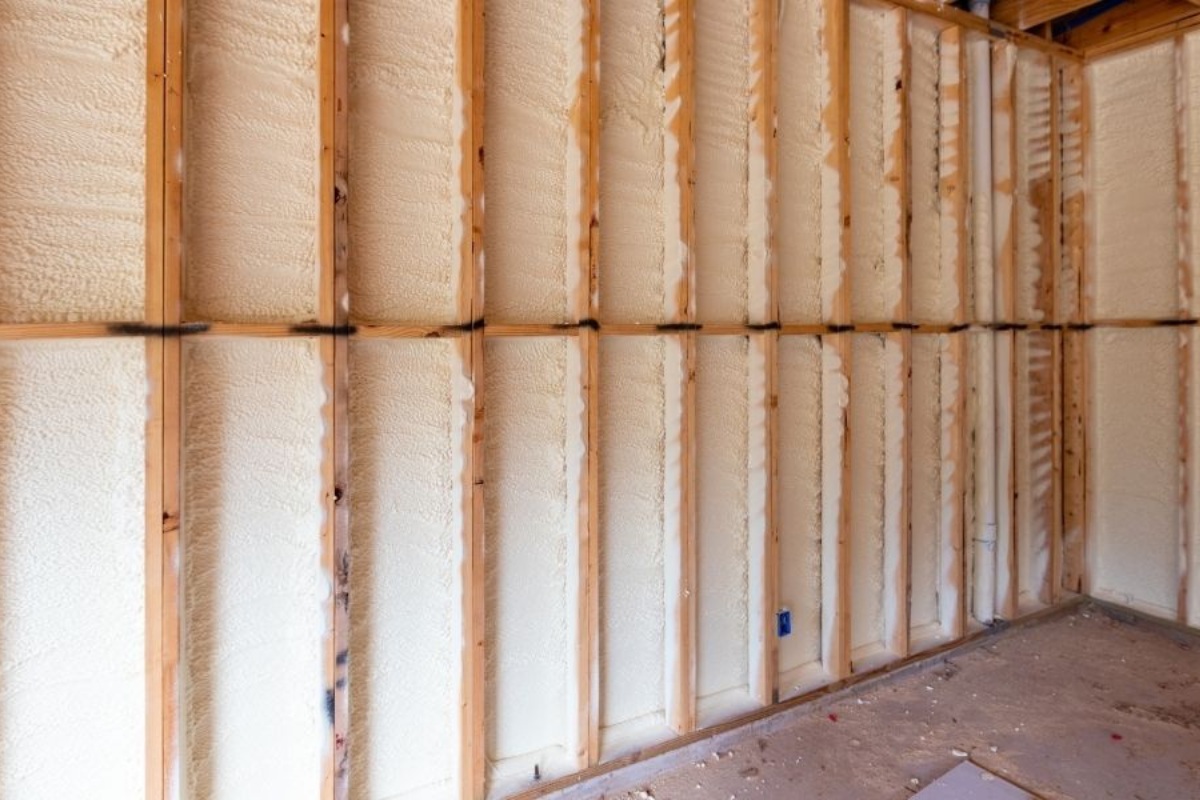
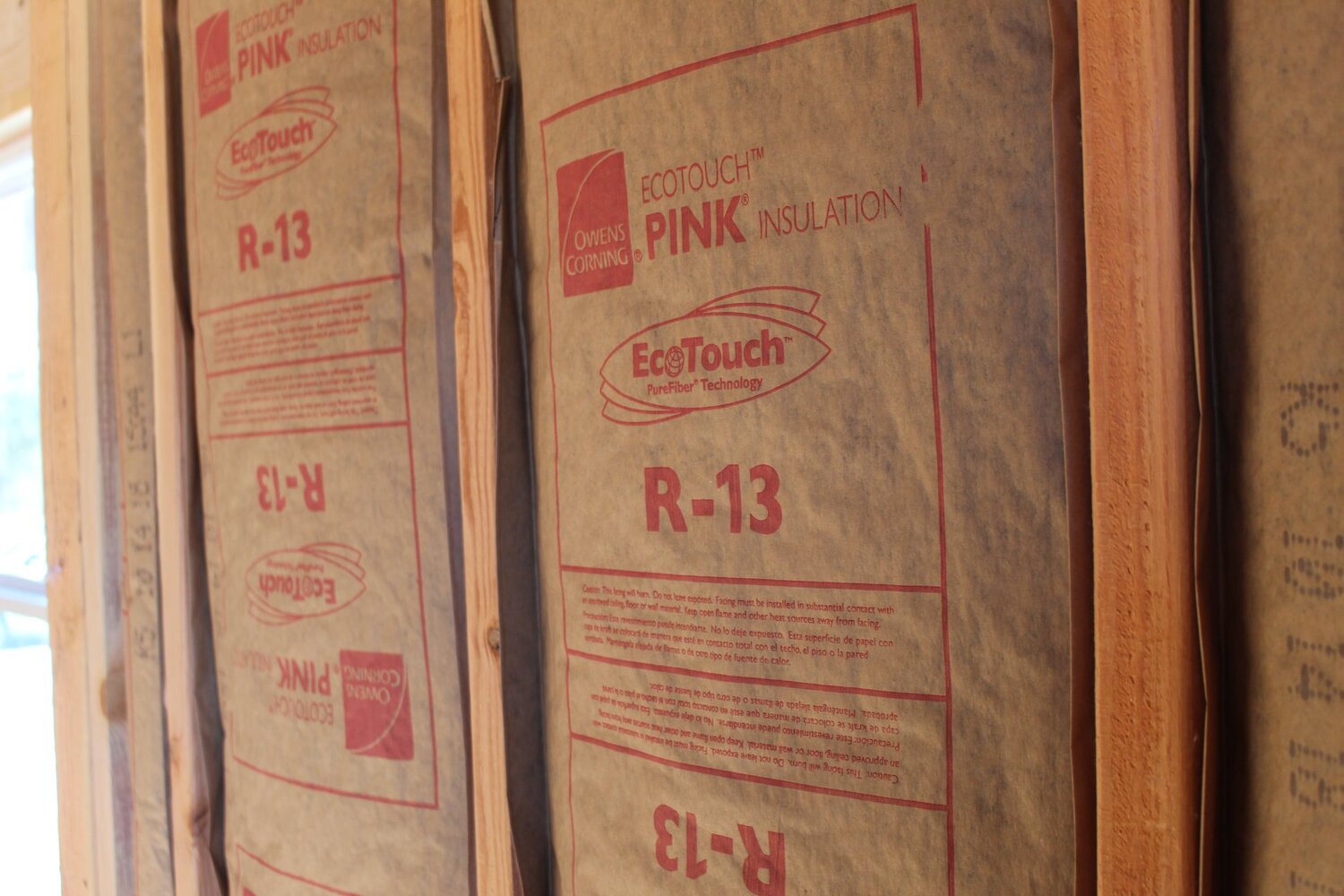
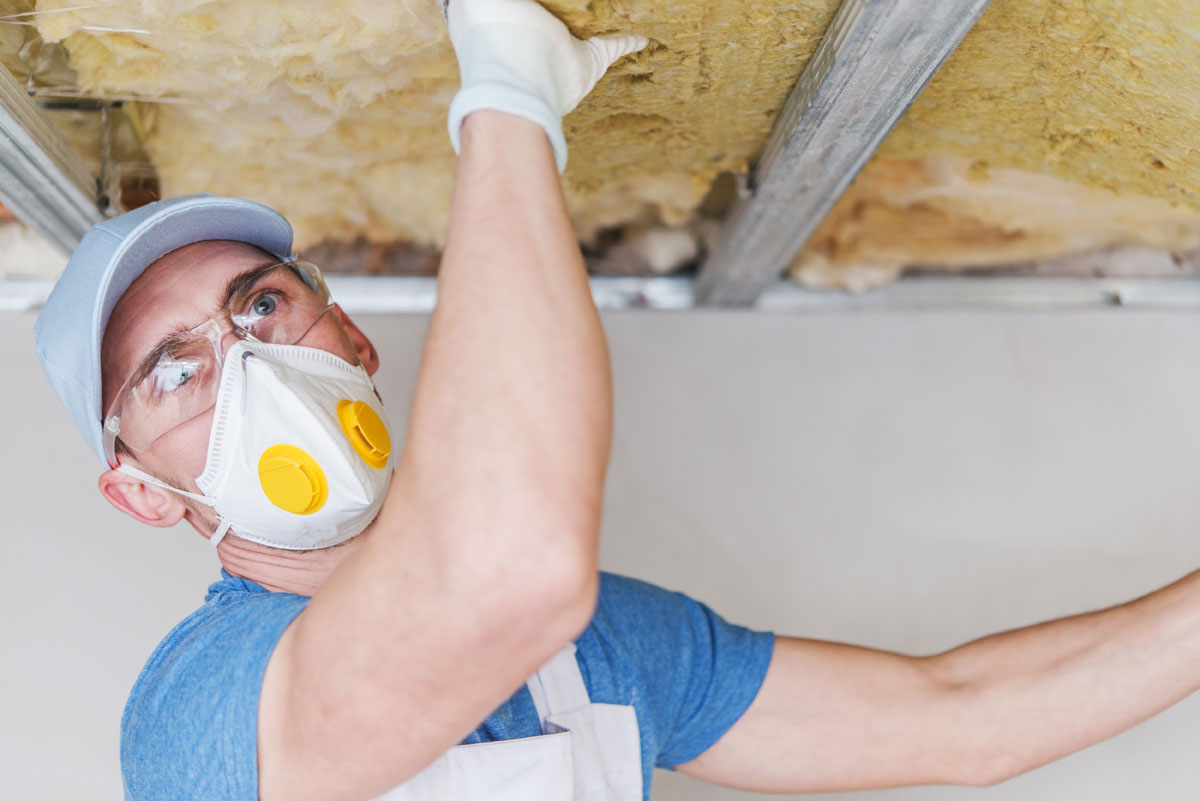
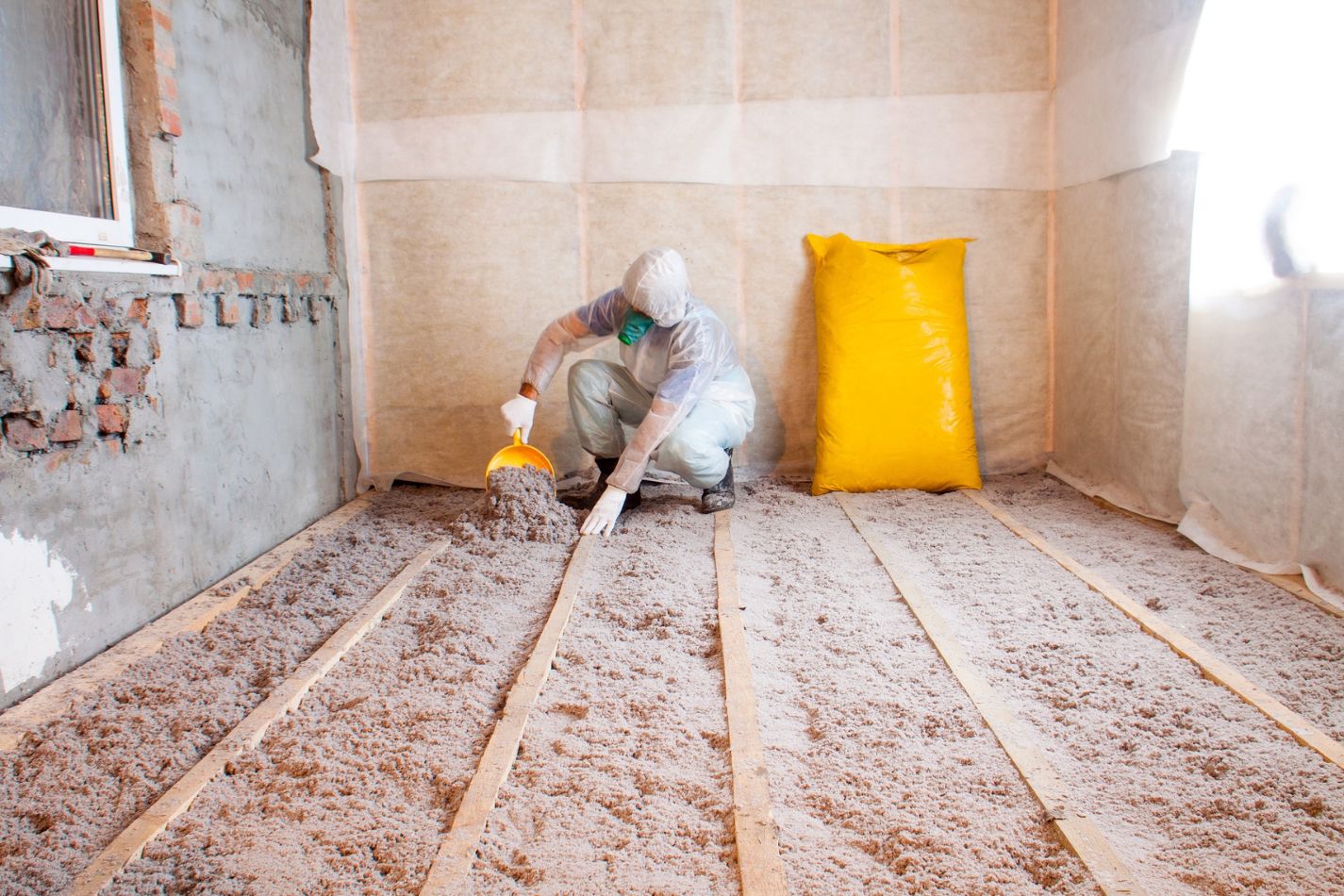

0 thoughts on “What R-Value Insulation Is For Exterior Walls”